Sample information |
|
| Picture |
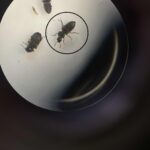
|
|---|---|
| Location | |
| Collection date | 05/12/2024 |
| Captive / Cultivated? | Wild-caught |
| Group | California Academy of Mathematics and Science |
| Observations |
The arthropod was found in a field with large shrubs and native flowers. It was collected in the afternoon, around 2 pm, springtime, and it was around 72 degrees F outside. The arthropod is black, 6-legged, has antennas, small in size, and has a segmented body. A picture is attached of the arthropod in its natural habitat, there were many on the flower, but only 1 was collected. |
| Putative identification | Arthropoda Insecta Coleoptera Melyridae Dasytes Dasytes coerulescens |
Methods |
|
| Extraction kit | DNeasy (Qiagen) blood and tissue kit |
| DNA extraction location | Whole arthropod |
| Single or Duplex PCR | Single Reaction |
| Gel electrophoresis system | Standard electrophoresis system |
| Buffer | TAE |
| DNA stain | UView |
| Gel images |
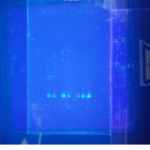
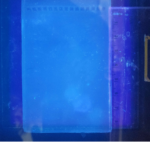
|
| Protocol notes | DNA extraction: The arthropod was crushed really well. There was no need to extract the abdomen out as the arthropod was really small. Gel Electrophoresis lanes for CO1 Arthropod PCR:
1- Well 2: DNA Ladder 2- Well 4: Common Fruit Fly Sample 4 3- Well 5: Common Fruit Fly Sample 3 4- Well 6: H2O (Water Control) 5- Well 7: Soft-Winged Flower Beetle Sample 2 6- Well 8: Soft-Winged Flower Beetle Sample 1 7- Well 10: Negative (-) Arthropod Control 8- Well 11: Positive (+) Arthropod Control 9- Well 12: Positive (+) DNA Control Gel Electrophoresis lanes for 16S rRNA Wolbachia PCR:
1- Well 2: DNA Ladder 2- Well 4: Common Fruit Fly Sample 4 3- Well 5: Common Fruit Fly Sample 3 4- Well 6: H2O (Water Control) 5- Well 7: Soft-Winged Flower Beetle Sample 1 6- Well 8: Soft-Winged Flower Beetle Sample 2 7- Well 10: Negative (-) Arthropod Control 8- Well 11: Positive (+) Arthropod Control 9- Well 12: Positive (+) DNA Control Analysis: There were bands for Positive (+) Arthropod Control, Negative (-) Arthropod Control, and Positive (+) DNA Control for the CO1 Arthropod PCR Gel. The Negative (-) Arthropod Control did not show any bands in the 16S rRNA Wolbachia PCR Gel and the Water Control did not have bands at all, showing that all the controls worked. This indicates that the results of this experiment are valid and could be analyzed. |
Results |
|
| Wolbachia presence | No |
| Confidence level | Medium |
| Explanation of confidence level | As all of the controls in this experiment worked properly and there were no problems with the protocol since the steps were carried out correctly, it can be concluded that the results are credible. Looking at the Arthropod PCR Gel results, bands appeared for sample 2 (this bug) in well 7 indicating the Arthropod PCR worked properly because the controls appeared. However as there were no bands that appeared for the sample in the Wolbachia PCR in well 7 although the controls worked, it can be concluded that sample 2 is an arthropod, but does not contain Wolbachia. |
| Wolbachia 16S sequence | |
| Arthropod COI sequence |
|
| Summary | The Dasytes coerulescens was found to be negative for Wolbachia. |
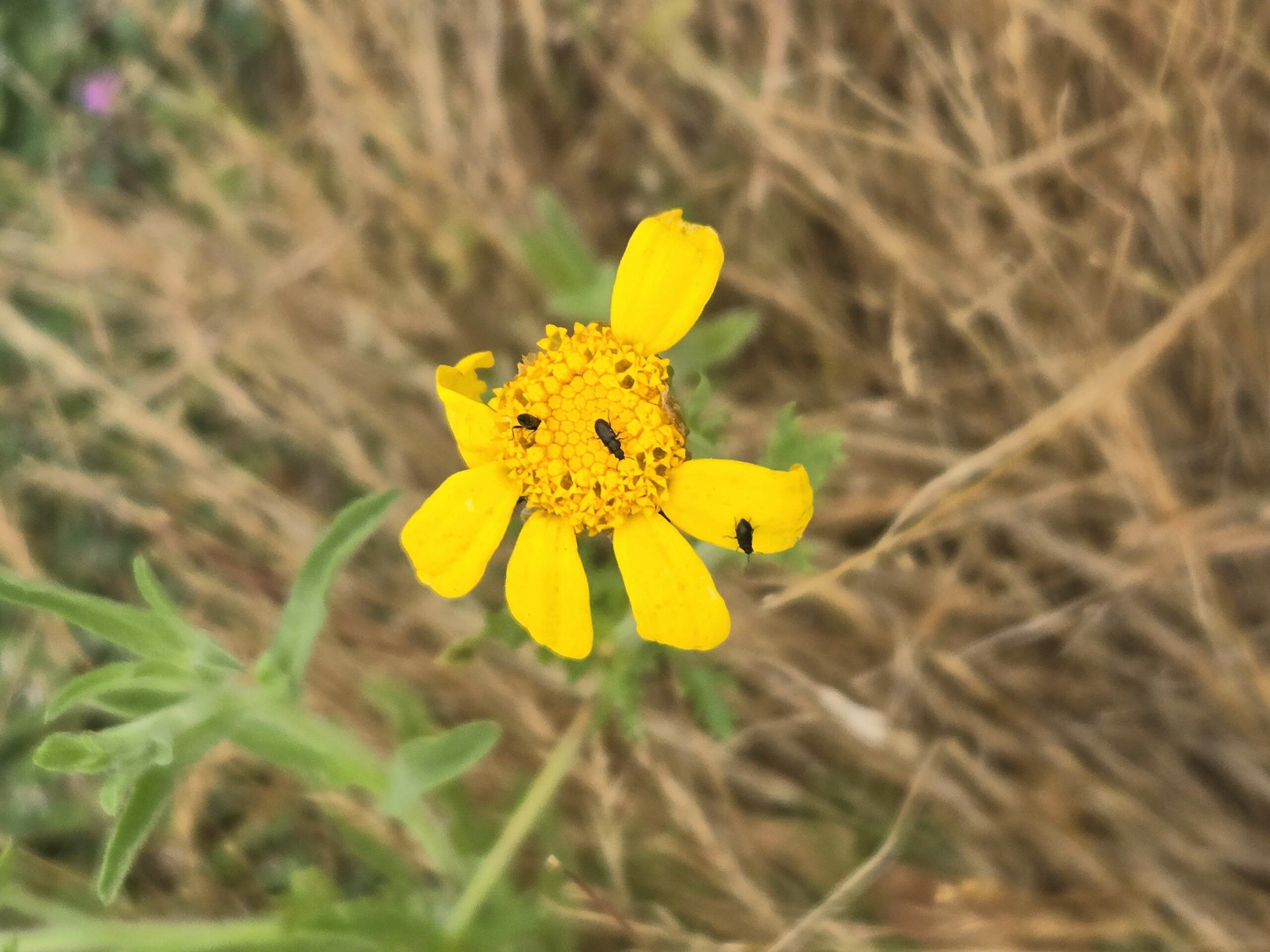

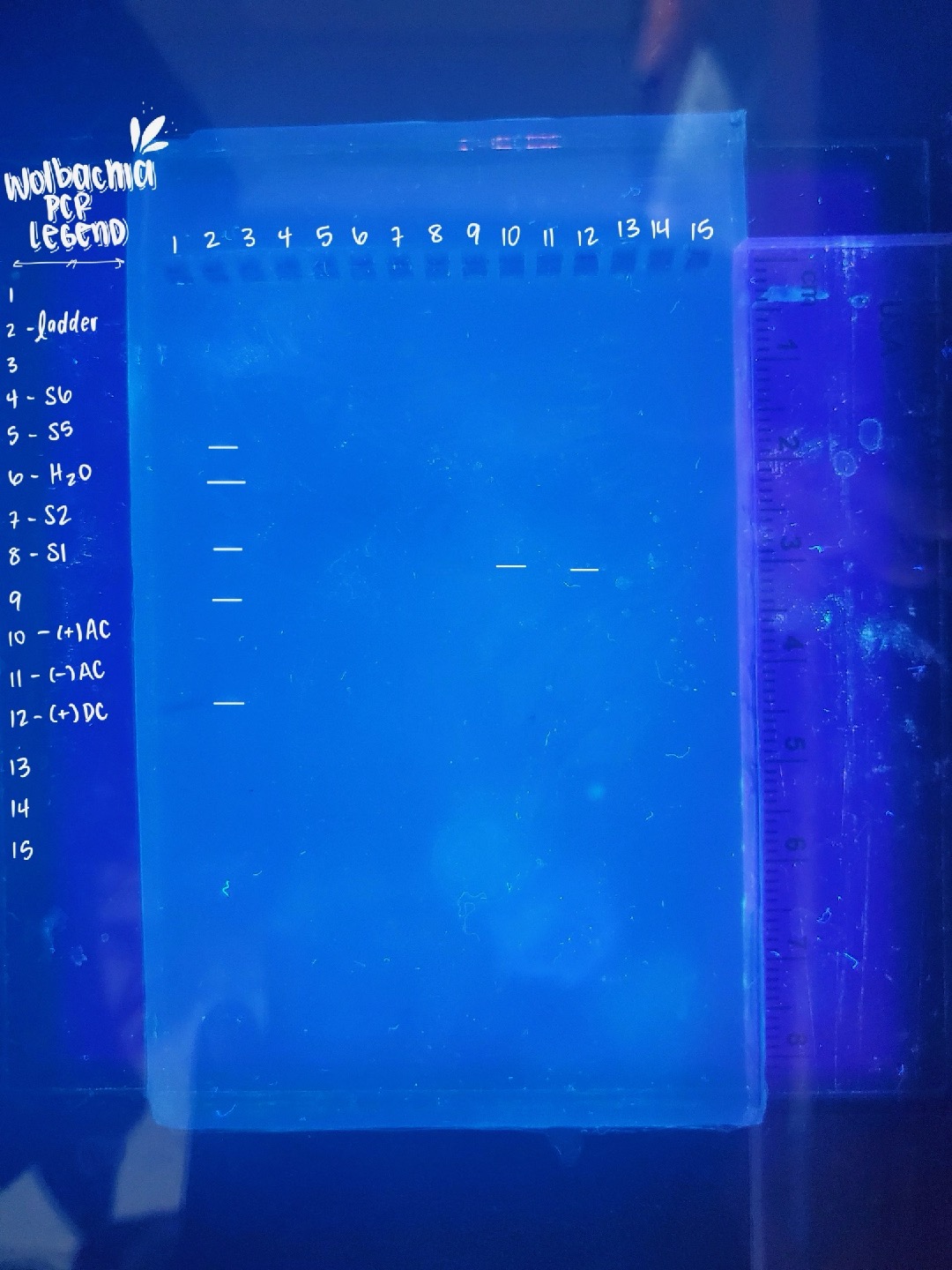
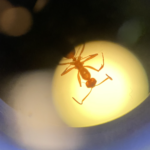 Formica Pallidefulva
Formica Pallidefulva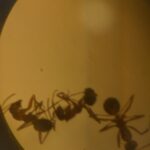 Formica Pallidefulva
Formica Pallidefulva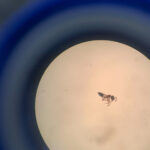 Ant
Ant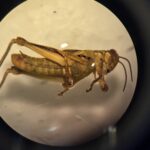 Differential Grasshopper – Melanoplus differentialis
Differential Grasshopper – Melanoplus differentialis Pill Bug (Armadillidium vulgare) – Draft
Pill Bug (Armadillidium vulgare) – Draft